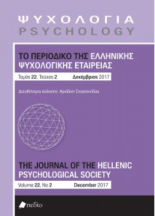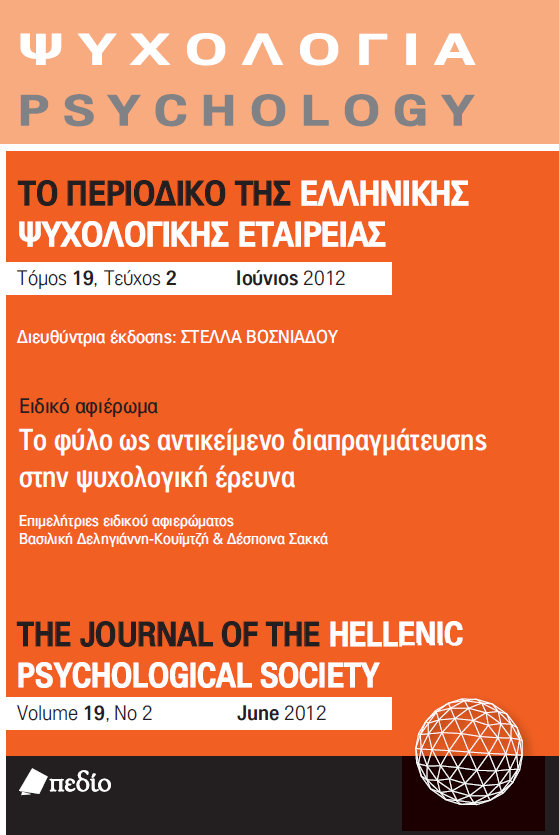Homosexuality, Essentialism and Identity in the Discourse of Homosexual and Heterosexual Men

Abstract
Essentialism of social categories and its consequences on intergroup relations constitute one of the most popular research topics in social psychology. Drawing upon the relevant literature, the present study explores essentialist and de-essentialist representations about homosexual men and their identity functions in discourse. Sixteen semi-structured interviews were conducted with eight men who identified themselves as homosexual and eight men who identified themselves as heterosexual. Interviews were analyzed by the use of the principles of discursive psychology and rhetoric. Analysis indicated the coexistence of essentialist and de-essentialist representations of homosexuality in the discourse of both groups as a result of the negotiation and reconceptualization of naturalness, historical stability and normality of social categories. However, similar essentialist representations –such
as the historical stability of homosexuality– perform different intergroup functions, whereas different entitative representations perform common intergroup functions in the discourse of homosexual and heterosexual participants.
Article Details
- How to Cite
-
Μίχος Ι., & Φίγγου Λ. (2017). Homosexuality, Essentialism and Identity in the Discourse of Homosexual and Heterosexual Men. Psychology: The Journal of the Hellenic Psychological Society, 22(2), 71–89. https://doi.org/10.12681/psy_hps.23256
- Issue
- Vol. 22 No. 2 (2017)
- Section
- RESEARCH PAPERS

This work is licensed under a Creative Commons Attribution-ShareAlike 4.0 International License.
The journal PSYCHOLOGY adopts a Platinum open-access policy. Submission, processing or publication costs are waived by the Hellenic Psychological Society. Papers published in the journal PSYCHOLOGY are licensed under a 'Creative Commons Attribution-ShareAlike 4.0 International' licence. The authors reserve the copyright of their work and grant the journal the right of its first publication. Third-party licensees are allowed to use the published paper immediately after publication as they wish, provided they retain the defined by the license copyright formalities, regarding the reference to its author(s) and its initial publication in the journal PSYCHOLOGY. Moreover, any adjusted work should be shared under the same reuse rights, so with the same CC license.






